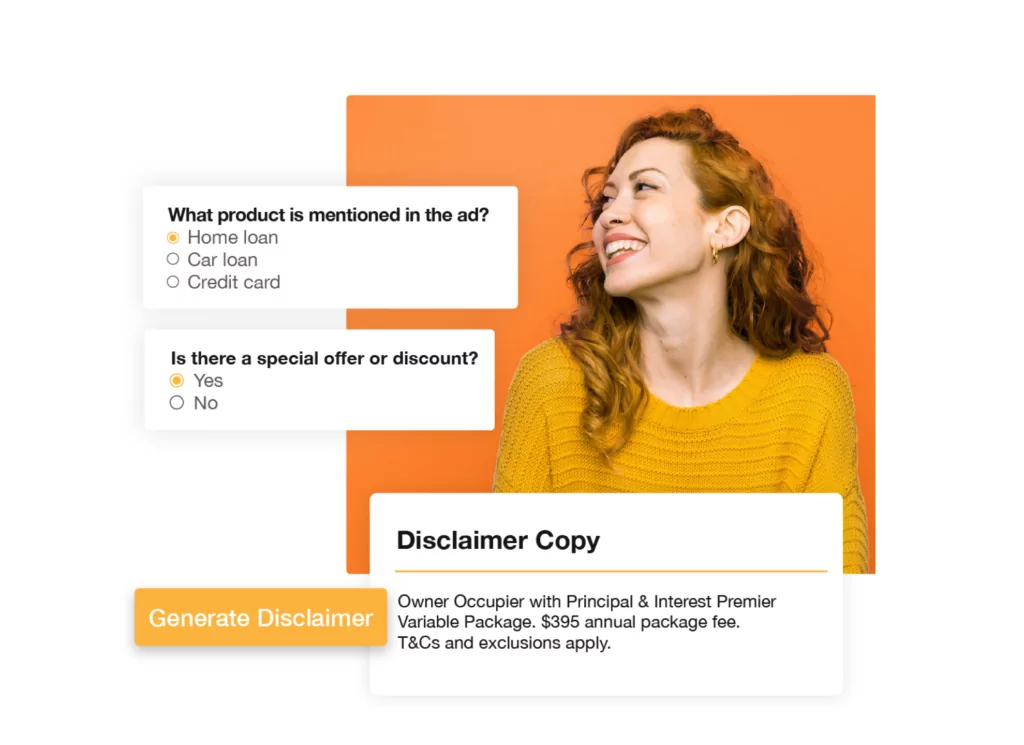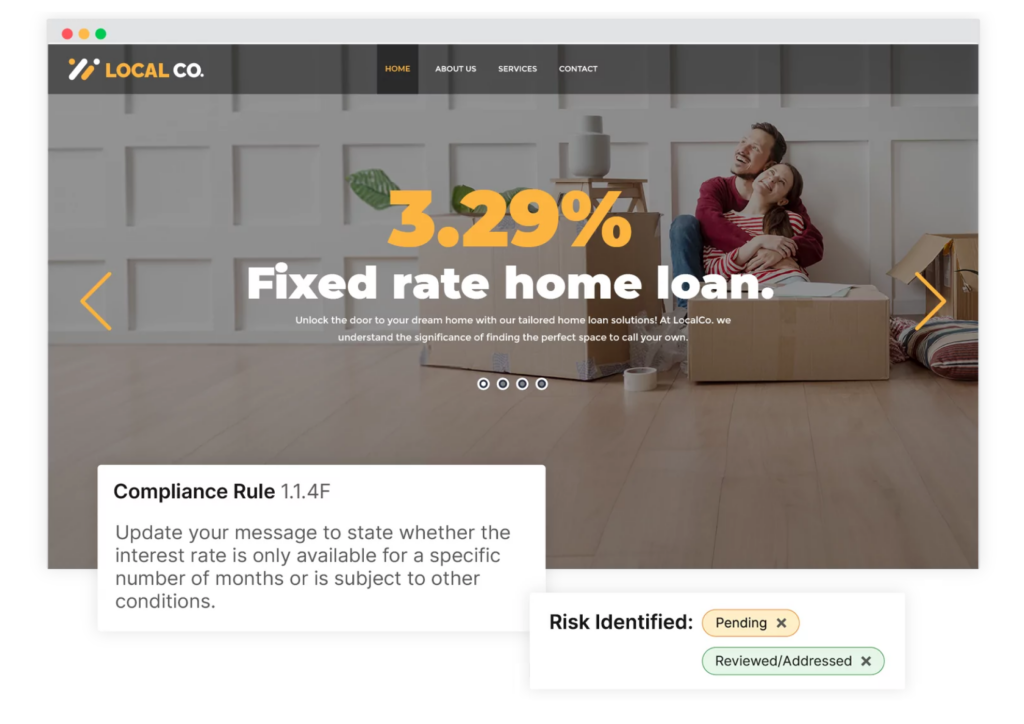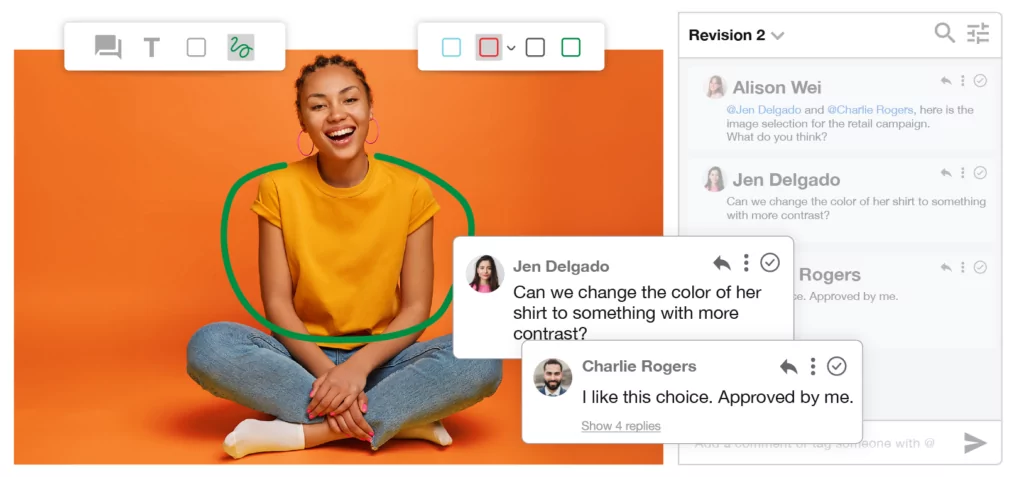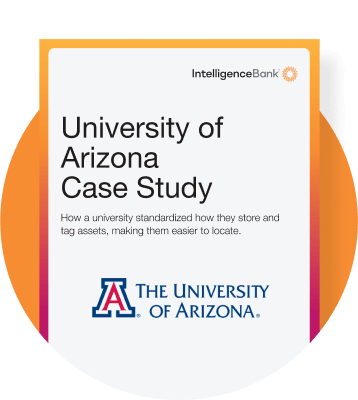Marketing compliance is essential to any campaign, serving as the last line of defense before your materials reach the public. It ensures that everything you create—from emails to social media posts—aligns with legal and regulatory standards. So, what does this actually involve?
The Marketing Compliance team takes on multiple tasks, like making sure email campaigns have obtained proper consent, as required by privacy laws, or reviewing messaging across websites to ensure it’s consistent with regulatory, industry and brand guidelines.
The risks of skipping these checks are serious, especially in highly regulated industries like finance, healthcare, higher education and insurance. If marketing compliance isn’t a priority, brands can face severe consequences, including financial penalties and damage to their reputation. That’s why it’s crucial for Marketing and Compliance teams to collaborate closely to protect the brand’s integrity.
Why is Marketing Compliance Important?
Marketing compliance does more than just check off legal boxes. It protects consumers from misleading information and shields brands from the fallout of non-compliance. As digital channels continue to expand, the importance of marketing compliance only grows. Regulatory bodies are constantly updating guidelines and tracking abilities, meaning the stakes are higher than ever for marketers to communicate responsibly.
In fact, a joint study we conducted with Arlington Research in 2023 revealed some eye-opening statistics about marketing compliance across industries like banking, asset management, and insurance. Of the 550 professionals we surveyed 89% believe that training for Marketing teams could significantly improve compliance, and 82% think that the Marketing team’s limited grasp of compliance rules is a key issue. When compliance is ignored, campaigns can face delays due to repeated revisions, costing companies both time and money.
Navigating Challenges and Best Practices
Balancing marketing compliance with creativity is no small task. Marketers face the dual challenge of keeping up with evolving regulations while also delivering engaging content that drives results. According to a 2023 hiring survey, 61% of compliance leaders in regulated industries struggle to keep pace with rapid regulatory changes, despite offering competitive salaries and hiring more staff.
One of the core issues holding teams back is outdated processes. In many organizations, Marketing, Legal, and Compliance teams operate in silos, reacting to problems instead of proactively solving them. For example, many marketers believe their relationship with compliance is one of the main roadblocks during reviews. Even more concerning, 50% of professionals are still using spreadsheets and emails to manage their marketing compliance reviews.
Where do the Opportunities Lie?
Interestingly, both marketing and compliance professionals agree on one thing: technology is the key to improving the compliance review process. Our research shows that 79% of marketers and 81% of compliance professionals are in favor of faster, more objective reviews. The potential of AI is a game-changer, with 95% of marketers and 93% of compliance professionals open to using AI to streamline workflows.
Turning Compliance into a Competitive Edge
Building Consumer Trust
Differentiation in a Crowded Market
Future-Proofing Against Regulatory Changes
Attracting and Retaining Top Talent
Another often-overlooked benefit of prioritizing compliance is the ability to attract top talent. In a world where data breaches and scandals make headlines regularly, employees want to work for companies with strong ethical values. A robust compliance culture demonstrates that a company takes its responsibilities seriously—not only to regulators but also to its employees, customers, and the wider community. This can improve employee satisfaction and retention, helping companies maintain a knowledgeable workforce that’s adept at navigating regulatory complexities.
From Compliance Gap to Market Leader
What Are the Pillars of Marketing Compliance?
When we talk about marketing compliance, we’re referring to three main pillars: data privacy, transparency, and truthful advertising. Let’s break these down.
- Data Protection and Privacy
Handling customer data responsibly is a critical part of marketing compliance. Brands are required to manage data according to regulations like GDPR or CCPA, and any misstep can lead to hefty fines and reputational damage. - Transparency and Consent
Whether it’s email campaigns or surveys, consumers must give proper consent for their information to be used. This ensures that marketing activities are both lawful and ethical. - Truthful Advertising
Compliance teams play a crucial role in making sure that marketing messages are not misleading. Misleading claims can lead to financial penalties and destroy the trust that’s been built with consumers over time. In some cases, like Amazon’s $2 million settlement in 2021 for misleading “reference pricing,” the consequences can be severe.
What are the Latest Marketing Compliance Trends and Innovations?
The future of marketing compliance lies in leveraging intelligent technology. AI and automation offer exciting possibilities for both marketers and compliance professionals to work together seamlessly. The best solutions centralize these processes in one software platform designed specifically to traffic marketing material from brief to launch. They enable marketers to create compliant content faster – and importantly – gives Compliance the opportunity to provide traceable input early in the process.
- Auto populate creative templates with disclaimers

- Enable AI tagging to manage usage licenses
Using an AI-powered asset management platform not only helps you tag and find assets faster, it identifies non-compliant marketing content and cuts the time you spend on repetitive and unproductive tasks.

- Content Risk Scanning
AI-powered document scanning accelerates the creative content review process while at the same time greatly decreasing the chances of missing an error. Documents and image files are scanned against certain rules searching for high risk language, spelling mistakes and even adherence to brand guidelines. Errors are detected in real time and can be addressed immediately. Content reviews can be set to either ‘out-of-the-box’ rule libraries or custom rules to suit an organization’s particular set of rules.
As well as scanning documents, websites can also be kept compliant using Web Risk Report scanning. It is the only practical way to maintain marketing compliance over what is often thousands of web pages.

- Content Workflows to Manage Mark Ups and Approvals
Trying to manage marketing compliance via spreadsheets and email at scale has disaster written all over it. That’s why organizations are moving to centralized marketing compliance software systems that manage the process under one hood. The workflows manage the creation of assets from brief through to feedback, approval and launch. Using one tool allows for greater visibility across individual jobs and campaigns. Dashboards and kanban boards make the process of managing several campaigns at the same time much easier for both Marketing and Compliance teams.

Bottom line – with AI and automation in place, marketing compliance becomes less of a bottleneck and more of a collaborative process.
And it’s not just commercial organizations using it – as AI and automation transforms the way companies approach marketing compliance, it’s important to be aware government regulators are also leveraging these technologies to keep a closer watch on potential breaches. Regulatory bodies, such as the Federal Trade Commission (FTC) in the U.S. and the Information Commissioner’s Office (ICO) in the U.K., are increasingly using AI-driven tools to monitor digital content and detect violations of advertising, data privacy, and consumer protection laws.
This means that marketing compliance is more important than ever. Regulators now have the capability to scan vast amounts of content across multiple channels—social media, websites, emails, and advertisements—at speeds that were previously unimaginable. AI systems can automatically flag non-compliant content in real time, such as misleading claims, unapproved product promotions, or improper use of customer data, reducing the likelihood that any violation will slip through the cracks. Marketers can no longer rely solely on human oversight to catch potential issues. Instead, incorporating AI-driven compliance tools into their own workflows is now essential to ensure content remains compliant before it even reaches the public.
Streamline Marketing Compliance with IntelligenceBank
IntelligenceBank’s AI-powered marketing compliance software provides the tools needed to meet today’s regulatory challenges head-on. Our technology accelerates the review process by providing an end to end asset lifecycle workflow and scanning technology for potential risks across sectors like financial services, healthcare, and insurance.
If you’re looking to stay ahead of regulations and streamline your marketing compliance process, contact us for a demo.





